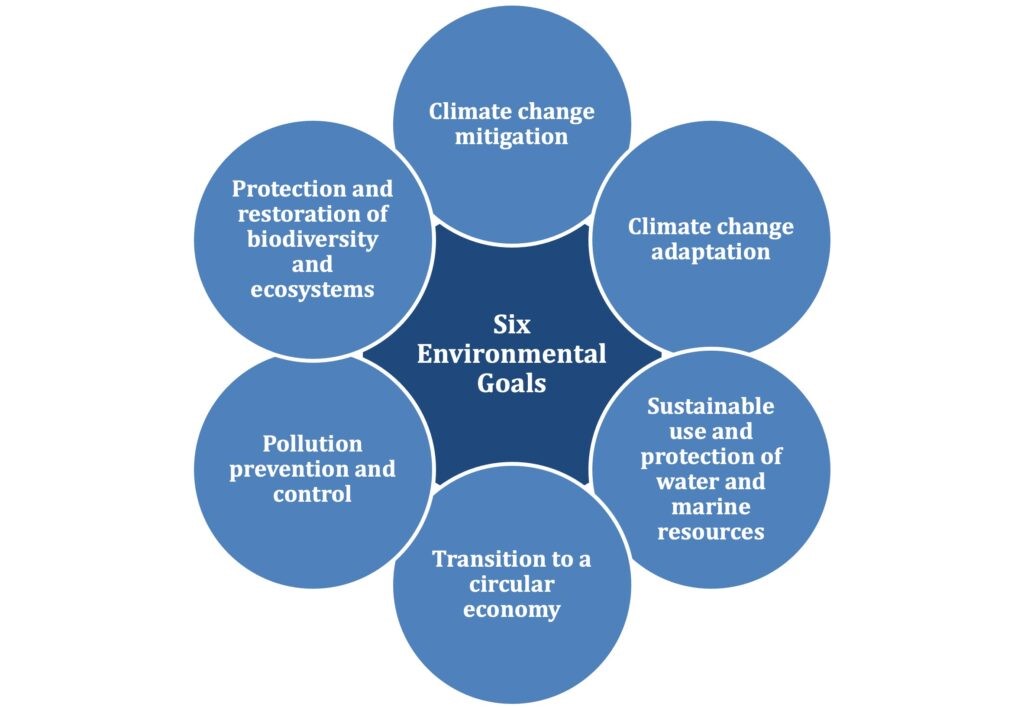Why in news?
The 2024 Union Budget features a plan to create a climate finance taxonomy, aiming to boost capital for climate adaptation and mitigation.
|
Sources of Climate Finance |
|
|
Types of Climate Finance |
|

Why climate taxonomy is important?
Greenwashing is when an organization invests in marketing campaigns that position the company as environmentally friendly rather than actually minimizing its environmental impact.
According to the UNFCCC’s first ‘Needs Determination Report’, financing of around $5.8-5.9 trillion is required to implement developing countries’ climate action plans by 2030, and this does not fully include adaptation costs.
According to the International Finance Corporation (IFC), a member of the World Bank Group, India needs $10.1 trillion to achieve net-zero by 2070.
Many countries like China, Malaysia, and Sri Lanka have already issued green taxonomies to facilitate climate-sensitive investments. The European Union has a prominent Green Taxonomy.